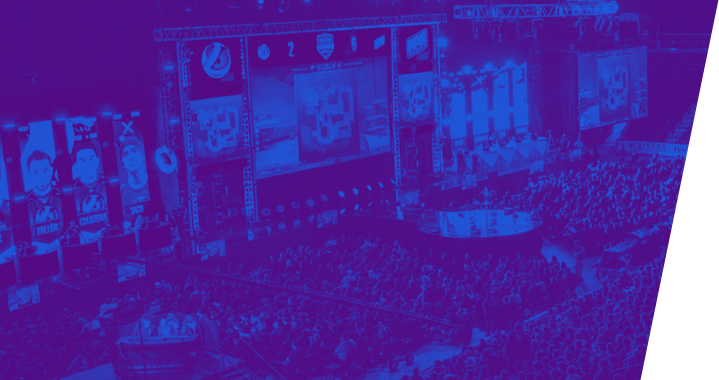NBC claimed in a recent article that “Sports have had to adjust to new normals during Covid. Not esports.” They made some valid and on the first instance logic points, but the super positive picture that they painted, did not exactly match up with the experience and the feedback I got from working with esport organizations.
Covid has made things more challenging, in many regards from changes to practices and coaching, to changes in tournaments, and the mental toll the pandemic has been having on people. The pandemic and the resulting instability also had a direct negative impact on key revenue streams in esports. Obviously, the cancellation of in-person live audience events had a negative impact on revenue from ticket sales. It also impacted player winnings and payouts, merchandising, and media value.
I believe that one of the main reasons, that the NBC article seems to miss the mark regarding the impact of the pandemic on esports, it that they fell victim to a common fallacy:
Assuming that esports is manifestly a purely online affair.
Moving things online
Most esports fans consume gaming and esports content at home. But so do traditional sports fans. More people watch the FIFA world cup at home than in the stadium. The only real difference: Traditional sports are broadcasted on TV, while esports is broadcasted on streaming platforms. Channels like Denmark’s TV2 and their CS:GO coverage are among the notable outliers.
However, most of the competitive esport competitions are huge events, that often consist of week-long offline competitions and conventions. For example, BLAST events manage to regularly sell out Copenhagen’s Royal Arena. IEM Katowice had a visitor record of 174 000 attendants during the event’s two-week run.
While the shift to an online competition was possible due to the nature of the competition being electronic, this did not mean it was and is easy. Teams and organizers had to adjust in record speed, in a time of uncertainty and fear. Existing streaming infrastructure in many of the organizations clearly made the transition possible.
The transition was not without challenges though. Technical ones from streaming to playing over different quality internet connections. Challenges in the enforcement of competition rules. Monetization and media value, and with that sponsorship activation faced major challenges as well.
Sponsorship Activation
While media valuation and sponsorship activations have not changed for streamers in any meaningful way, it has for teams and tournament organizers.
With the cancellation of in-person events, in-arena activations are not possible. This not only means that the live audience has not been reached but effective in-stadium activations often appeared on streams when the camera was panning over the stadium.
For many peripheral companies, part of their sponsorship deals was their products being used on stage by the teams. This ensured that they were visible during the streams, bringing in extra media value apart from the logo display. Most tournament organizers have not forced the participating teams to wear sponsors peripherals for the online events. So, while the Logo of Steel Series is displayed as an official audio partner, the players might be wearing Corsair headsets. This of course decreases media value.
It also changes media values and sponsorship activation created by teams. For example, the value of sponsors’ logos on shirts changes. Teams approach playing tournaments online in different ways. Some play together from their facilities, others are playing individually from their homes. This means that their setups differ greatly. The angles, for the cameras and the quality, vary, making some spots that have prime exposure during live tournaments virtually invisible.
Financial consequences
The move from a mixed online-offline model in esports competitions, to a purely online model, had a significant influence on revenue streams within the organizations.
Revenue streams like ticket sales and arena sponsorships, and indirectly connected ones like merchandising sales, have either broken away completely or been greatly reduced.
The ESL and DreamHack parent company, Modern Times group reacted with financial adjustments to these changes, that pertained to the cutting down of operational costs. Paving the way for plans to merge the companies behind the two branches.
Not only tournament organizers had to make financial cuts and adjustments, but player payouts were influenced as well. According to the esport report by review.org esports tournament player payouts were down a massive 56% in 2020 compared to 2019.
The cuts weren’t only made to player payouts but some organizations as well, which either introduced salary reductions or laid off staff.

Terence Mauri said
“Everybody keeps telling me data is the new oil but I disagree. I believe attention is the new oil. It’s scarce, precious, and under constant attack.”
I agree. But I strongly believe data plays an important role in esports:
Attention is the oil, but data is the engine. It transforms attention into something that propels organizations forward.
During the pandemic, esports has managed like never before to get the world’s attention. It now needs to start gathering, understanding, and using data to move forward and overcome challenges. By becoming data-savvy, esports organizations will be able to regain and surpass the momentum it has, to deliver value for all stakeholders involved.

